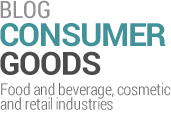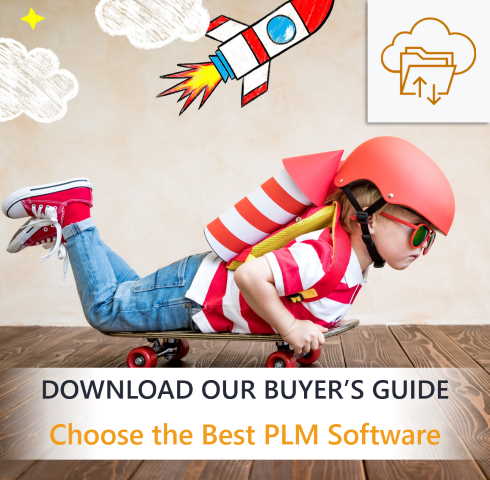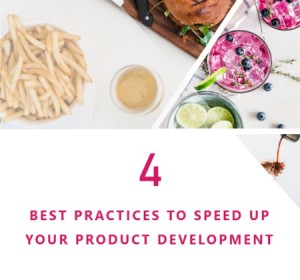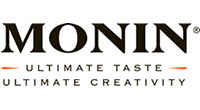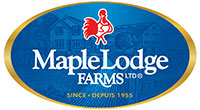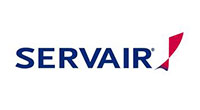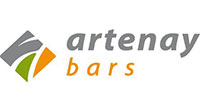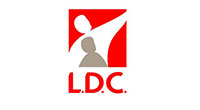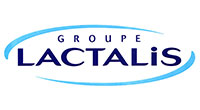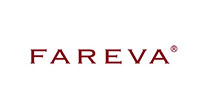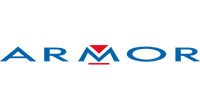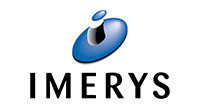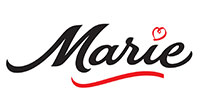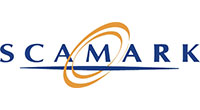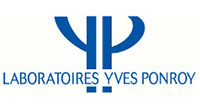
To choose the best Product Lifecycle Management (PLM) software for your Consumer Packaged Goods (CPG) company, you should first have an idea of what PLM technology is, what benefits it provides, how it is used in your industry and how it stands compared to other tools. As a reminder, visit our dedicated PLM software page.
1. To choose the best PLM software, know what you’re looking for
This is obvious, right? Yet, many organizations, independently of their size or budget, rush into contacting a plethora of providers as soon as they think they need a formulation tool, for instance. This will only cause them to lose time, because their requests are not accurate enough ; and ultimately invest in a non-adapted solution.
First, list all pain points and difficulties experienced. Challenge your observations with every other team involved in product development and try to formalize them into tangible requirements. Managing to say “I need to: better manage my prototype and product specifications, reduce the time spent on calculations and be sure that everyone uses the right data.” will guide you in a much more accurate direction than a generic formulation tool.
This first step also enables to consider further considerations. What are the items I actually need and want to manage in my new system? Which users will need to access it? Should I open it to my suppliers and partners? What are the very specific formulation challenges in my activity? And so on.
You will be able to list various items and requirements just by talking to your teams and other business units. Also consult your IT department. If we subscribe to a new PLM solution, can our ERP be interfaced with it? Do we have the infrastructure to handle an on-premise PLM solution or should we go cloud?
Unfortunately, we can’t provide you here an exhaustive list of all the questions you have to answer to choose the best PLM software. And you would lose time trying to answer them all. However, having some introspective discussion and understanding of your needs will avoid you going in a wrong direction and make your provider selection process only more efficient. Also, worthy vendors will enquire you with complementary questions until they truly grasp your business.
2. To choose the best PLM software, iterate
You have consolidated your requirements, it is time to reach out to PLM solution providers. You have many possibilities. You can use search engines- try to use alternative wordings not to miss potential opportunities (food formulation tool / R&D software). You can use independent comparative platforms such as Capterra, SelectHub, Crozdesk, etc. You can also require the services of an independent consulting agency. In any case, never rely onto only one source of information and try your best to get referrals or at least customer stories.
First, shortlist providers which meet both your functional and technological needs. If you don’t have the infrastructure and resources to maintain an on-premise solution, it will fail, as perfect as its functional scope can be. Then, narrow it to providers showing proof of experience in your industry and a genuine ability to understand your needs and grasp your challenges.
As we told you, you probably did not cover the first part comprehensively. Hats off to you if you did! The first discussions with potential providers will be the opportunity to consolidate your needs, requirements and limitations. Do not worry, this is an iterative process. Clients of ours first reached out to us with PLM need thinking they needed a Product Information Management (PIM) software. It’s through these iterations we were collaboratively able to properly define their needs.
As discussions go, you naturally sort out vendors unfit to your requirements and narrow it down to a couple- maybe a single- providers. The choice for the best PLM software is now a matter of implementation, user adoption and profitability.
3. To choose the best PLM software, engage teams internally
On your shortlist are now the few solutions you considered fitting to your organization.
If not done sooner, now is a good time to mobilize a sample of end userss and show them a recap of the different solutions. They may identify adoption issues you missed and can point you the features they consider prioritary. Although this is a whole other subject, this is a good practice to initiate change management.
Now is also the time to defend the selected project(s) to the decision makers, usually Executives. Depending on your internal organization, this step may happen sooner in the process, halfway through the demonstrations for instance. Prepare a presentation summarizing your needs, the project’s objectives, the providers benchmark with pros and cons and the ROI to demonstrate the profitability of your project.
Your supplier should provide you with quantified ROI expectations you can use to defend it internally. A PLM project’s ROI stretches on a couple of years and should be assessed through different angles:
˫ Data management efficiency (capture, secure, share, track, approve)
˫ Time-to-market and turnover increase
˫ Packaging costs
˫ Project costs
˫ Etc.
PLM helps companies, on average:
˫ Improve revenue by 13.4%
˫ Grow profit margins by 13.2%
˫ Increase revenue from new products by 15.8%[1]
This will require a few more iterations to get a finalized contract in your hands. All you last interrogations must be clearly answered. Do not move forward with a provider you’re not convinced you have a 100% mutual understanding with.
[1] Buyer’s guide: choosing the right cloud PLM, by Tech-Clarity, Inc. 2019
